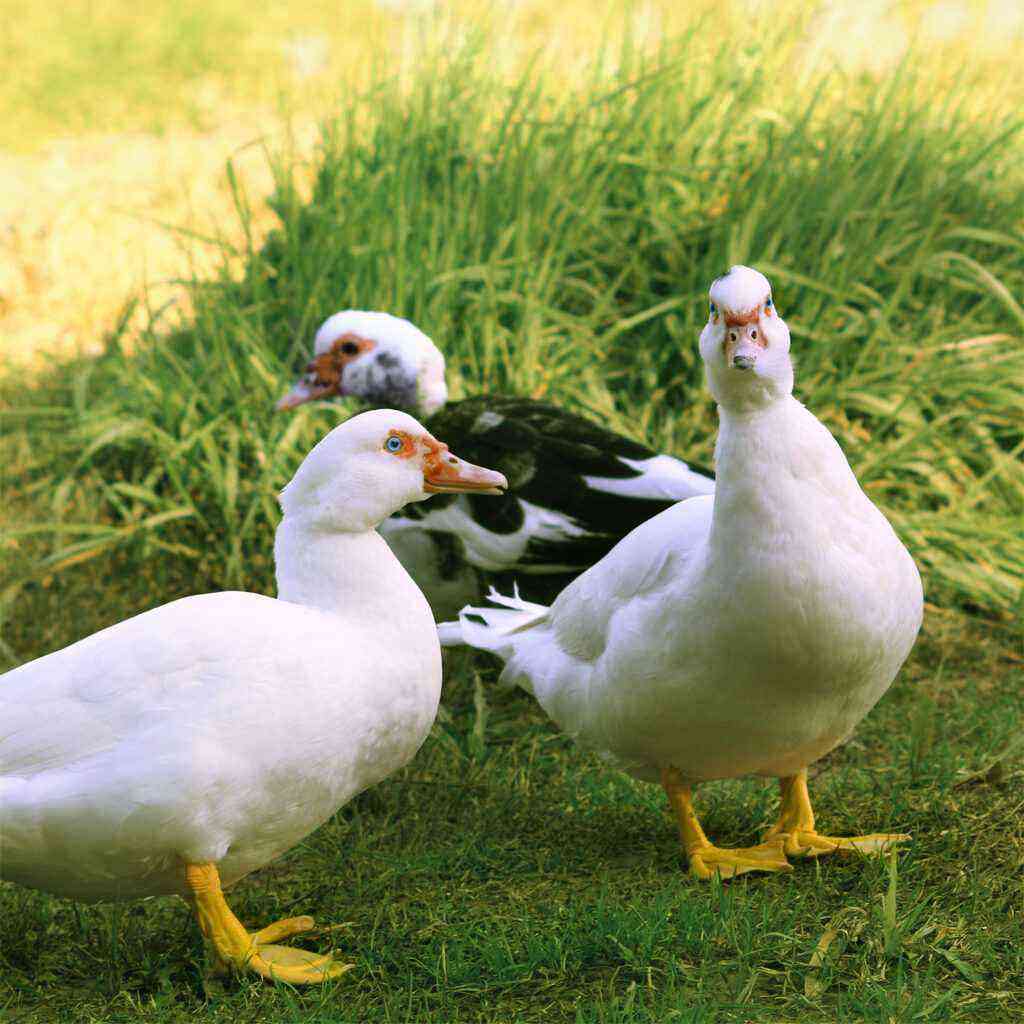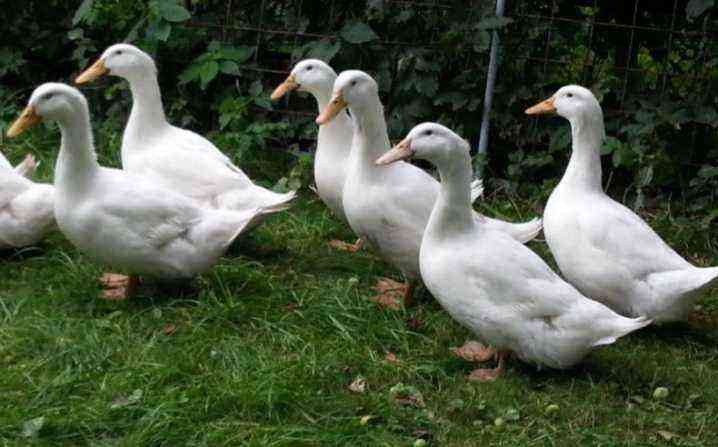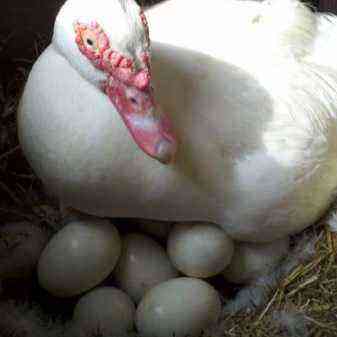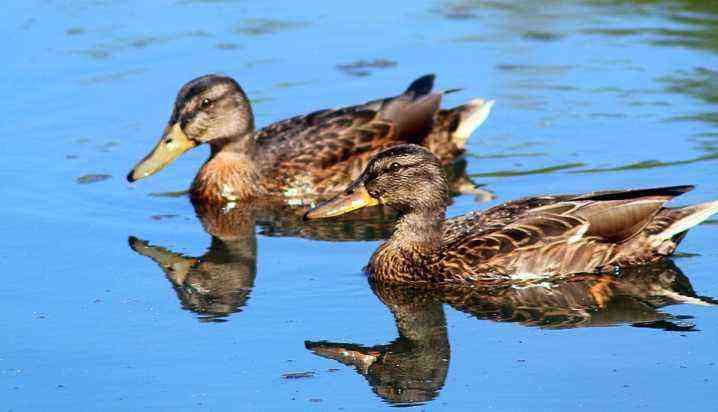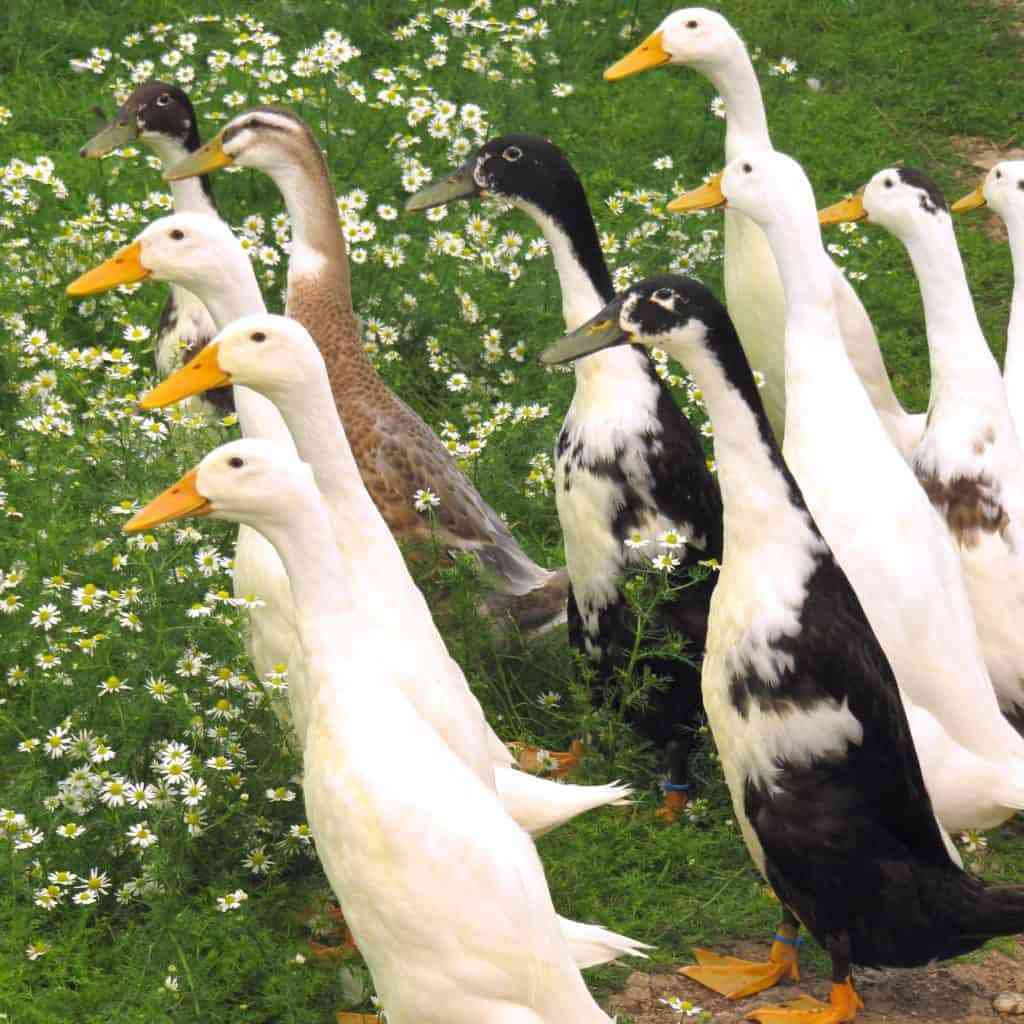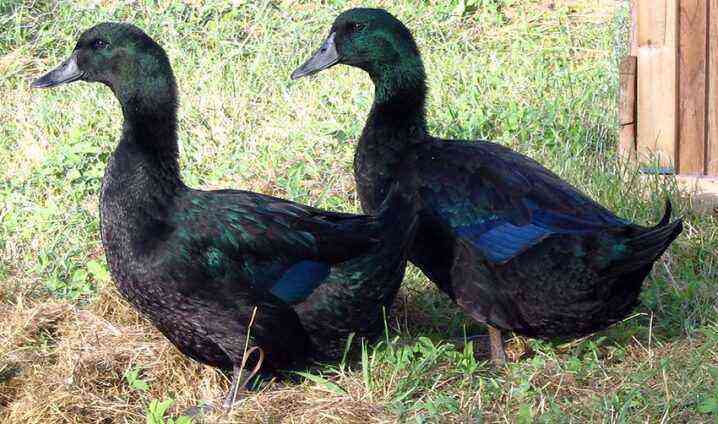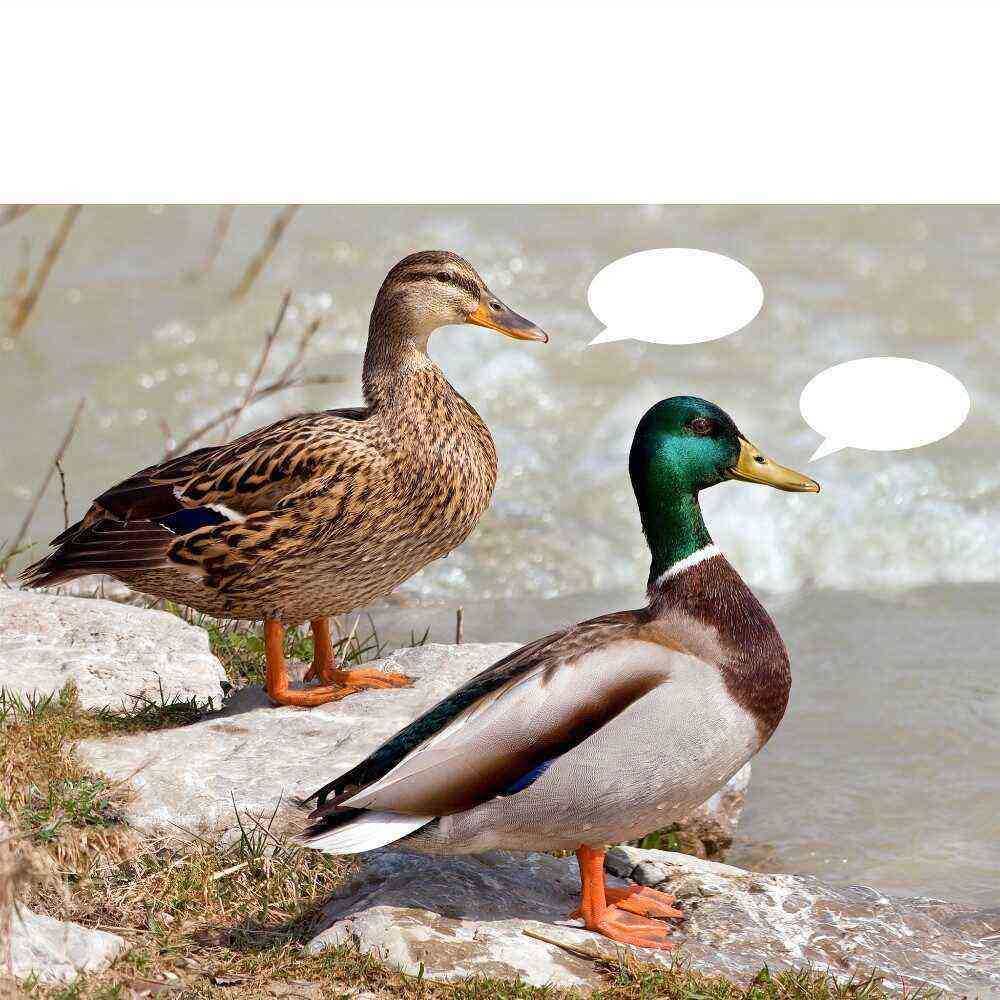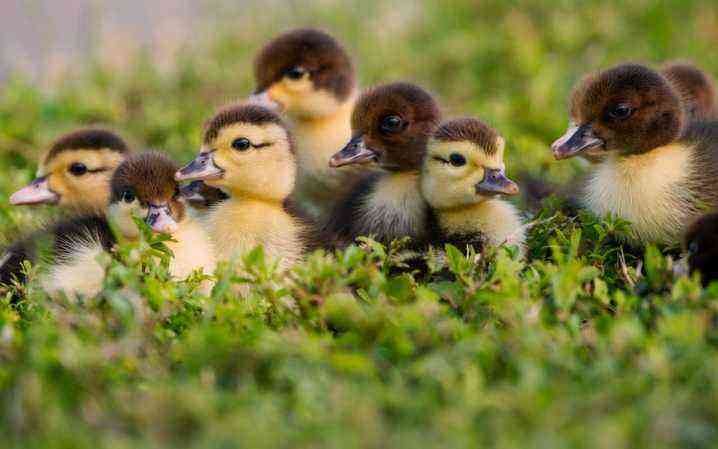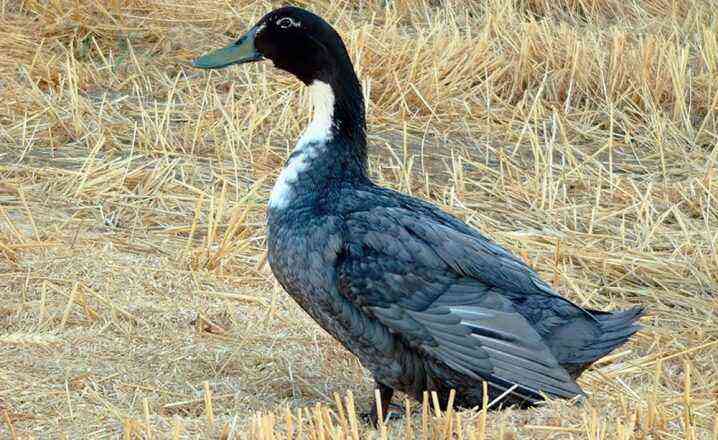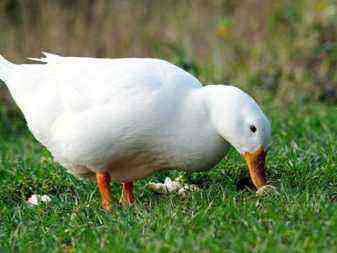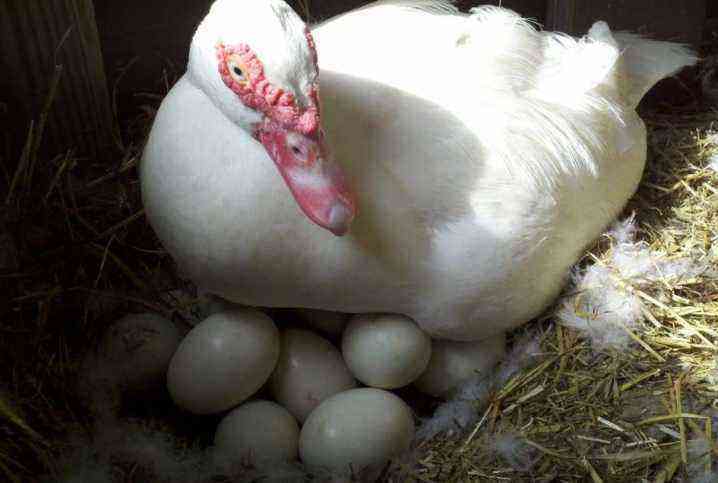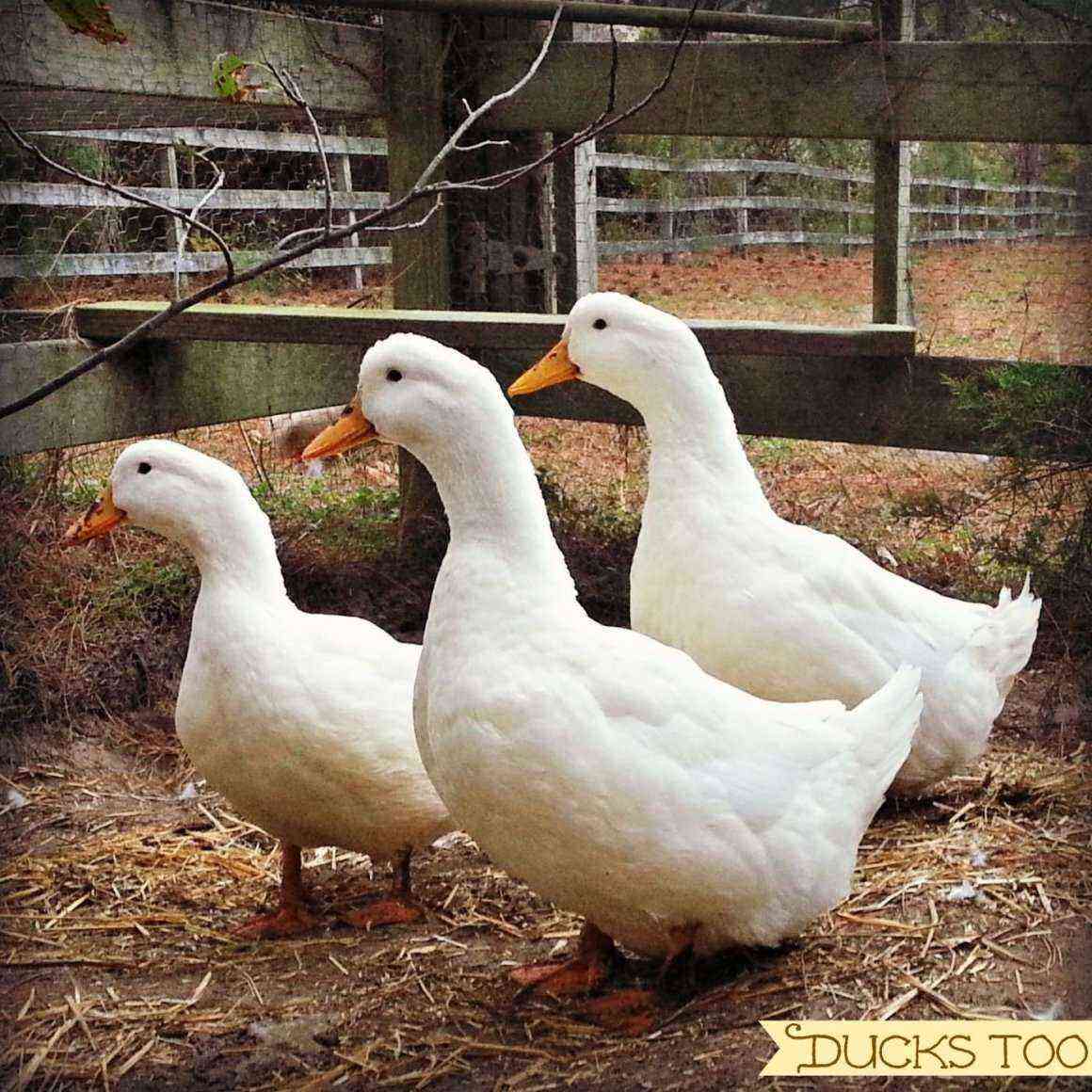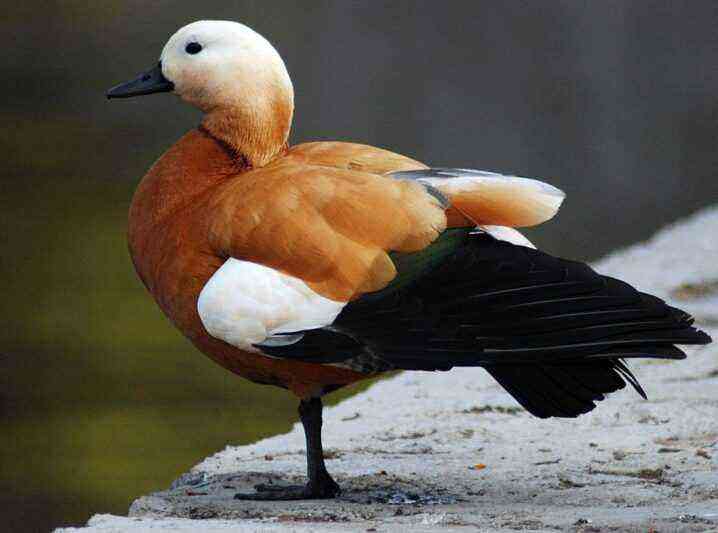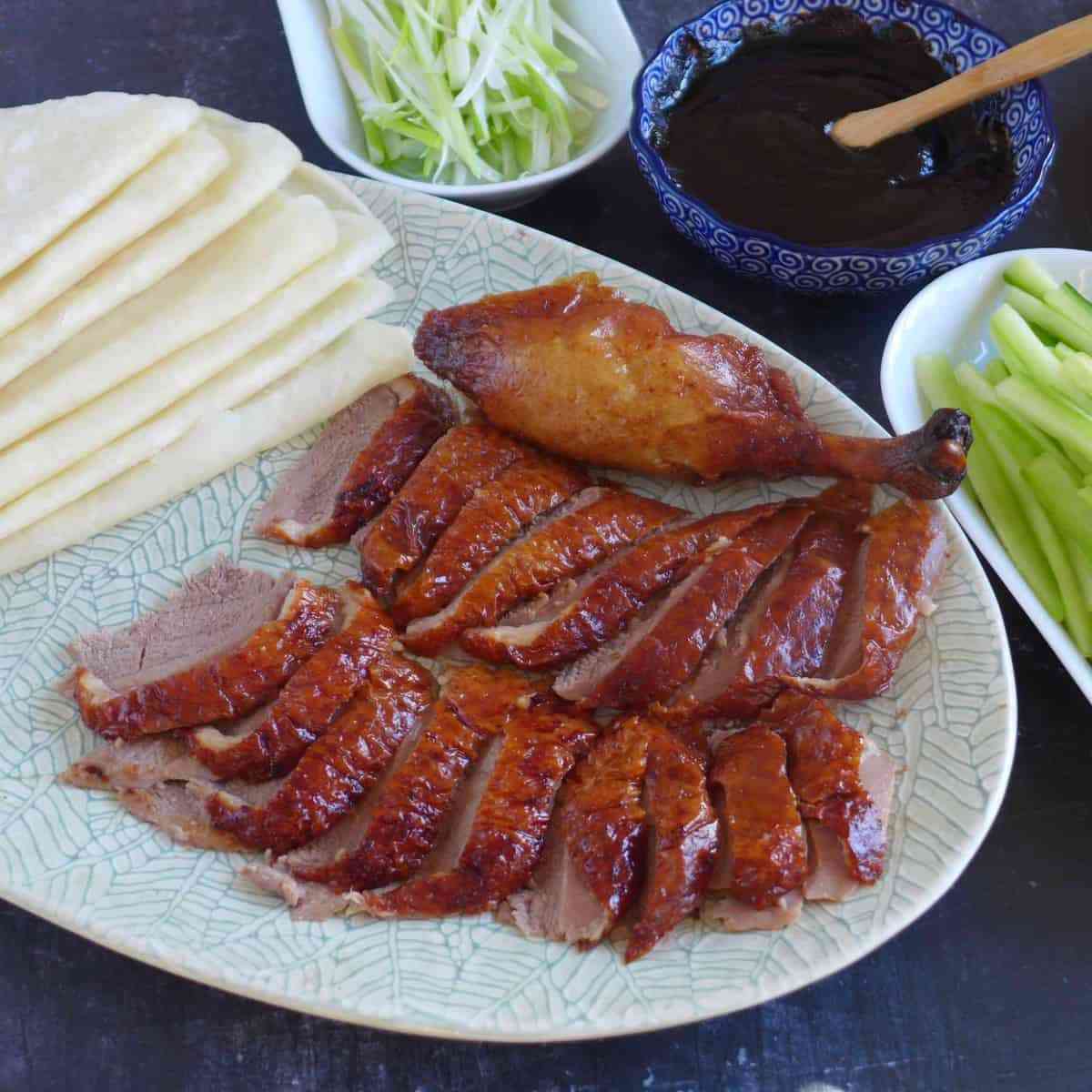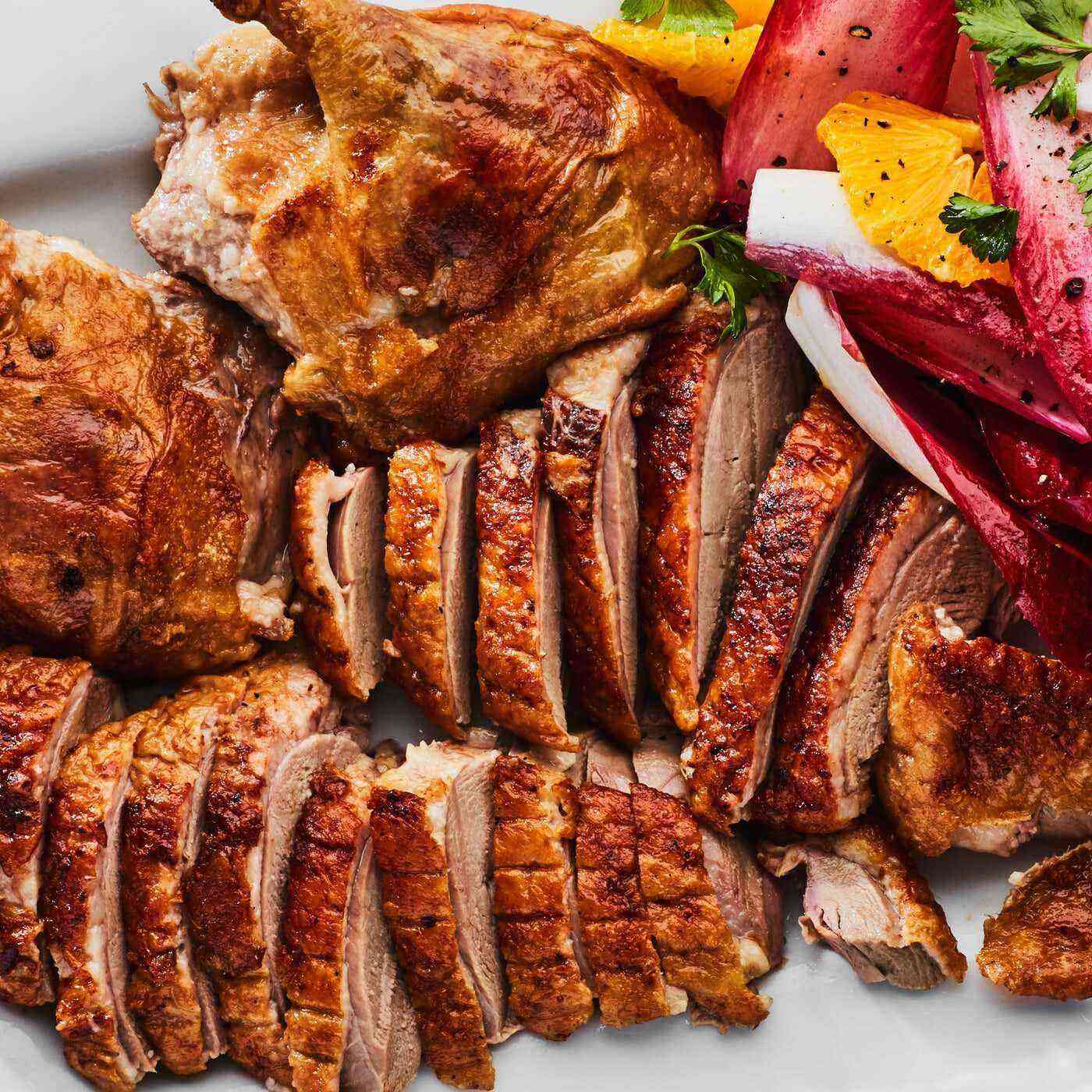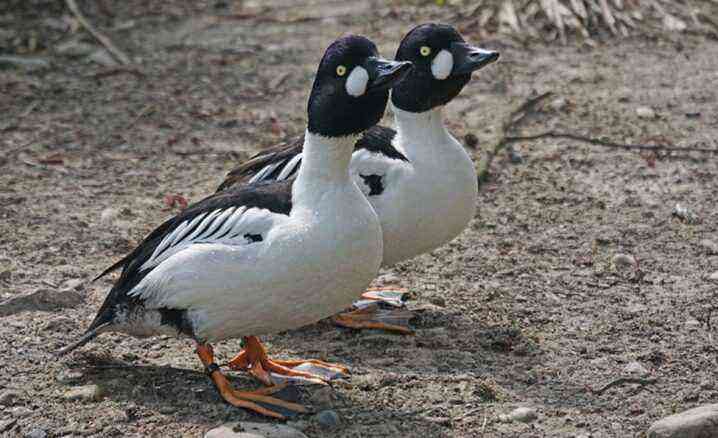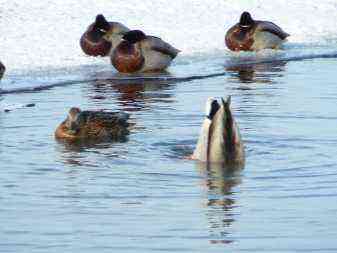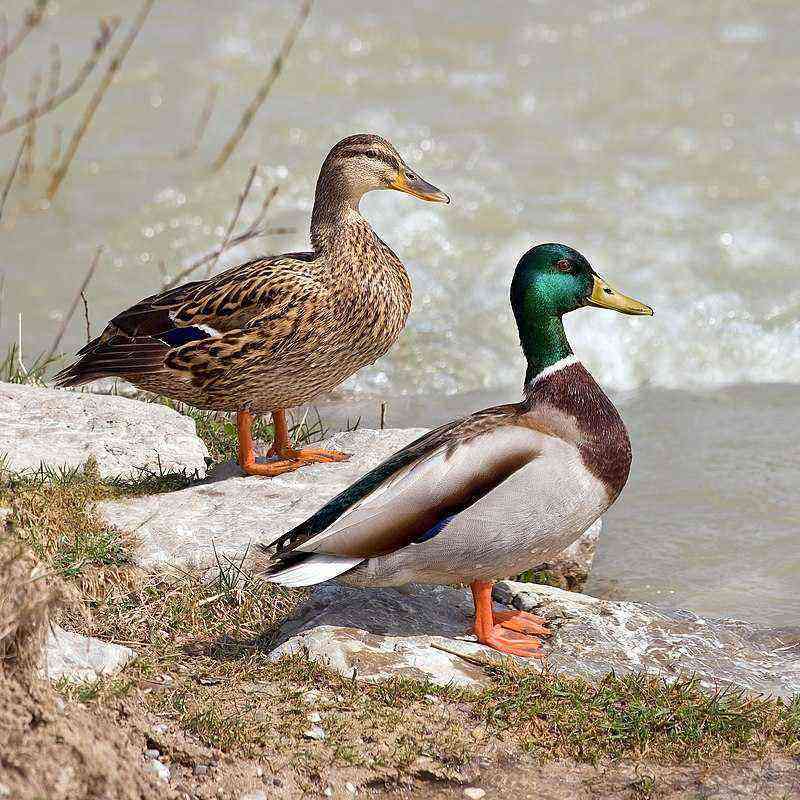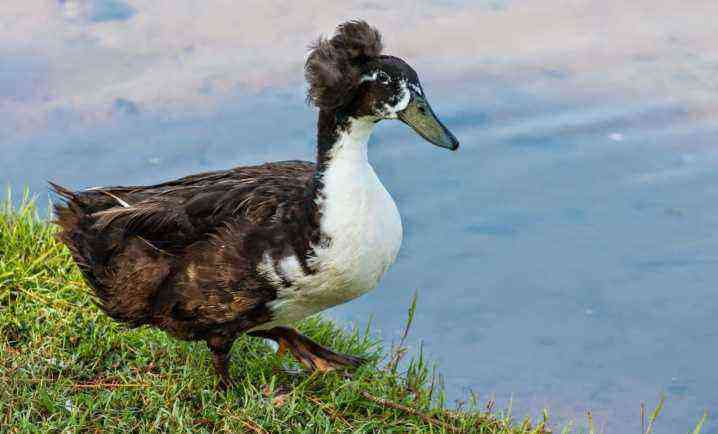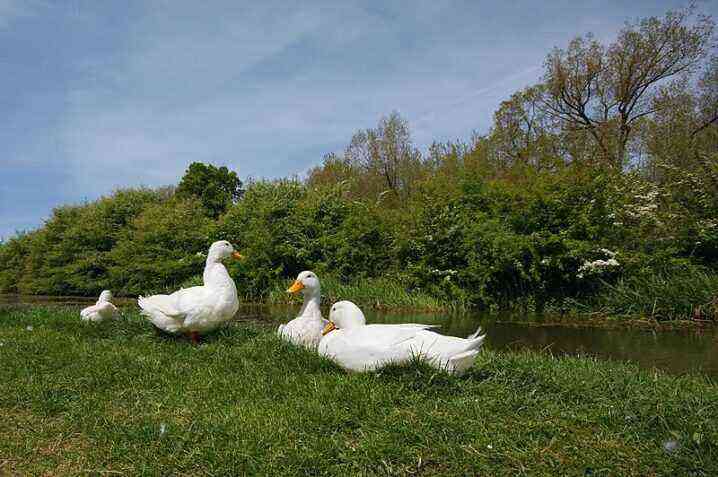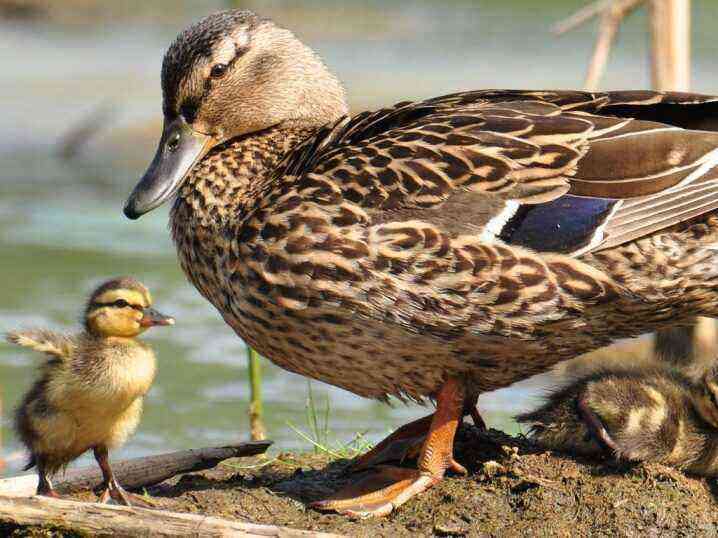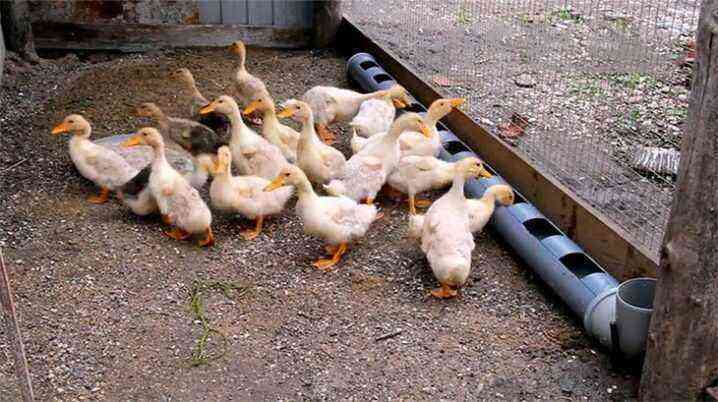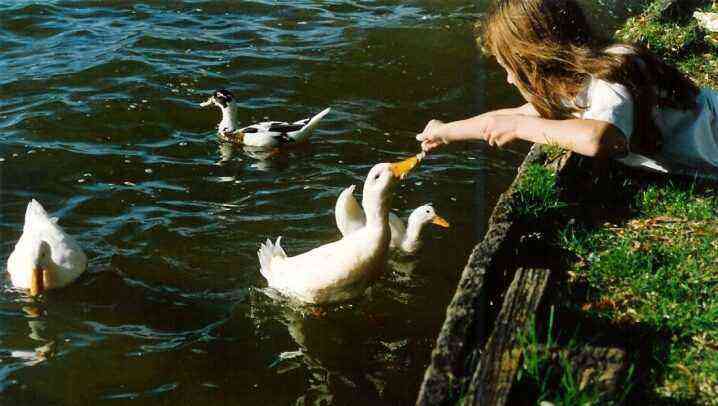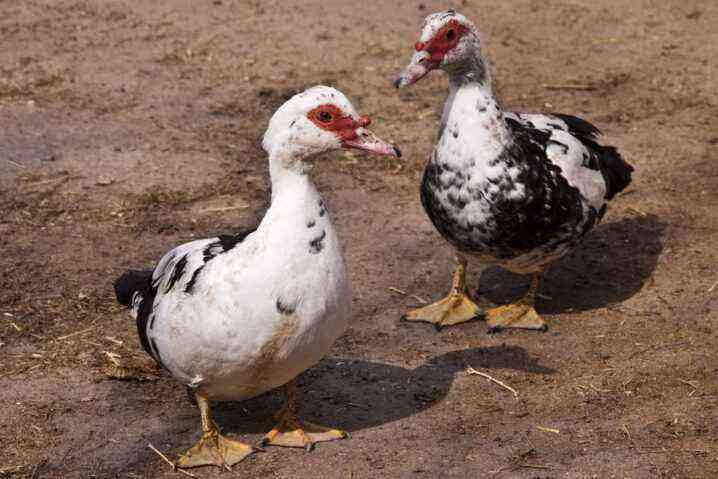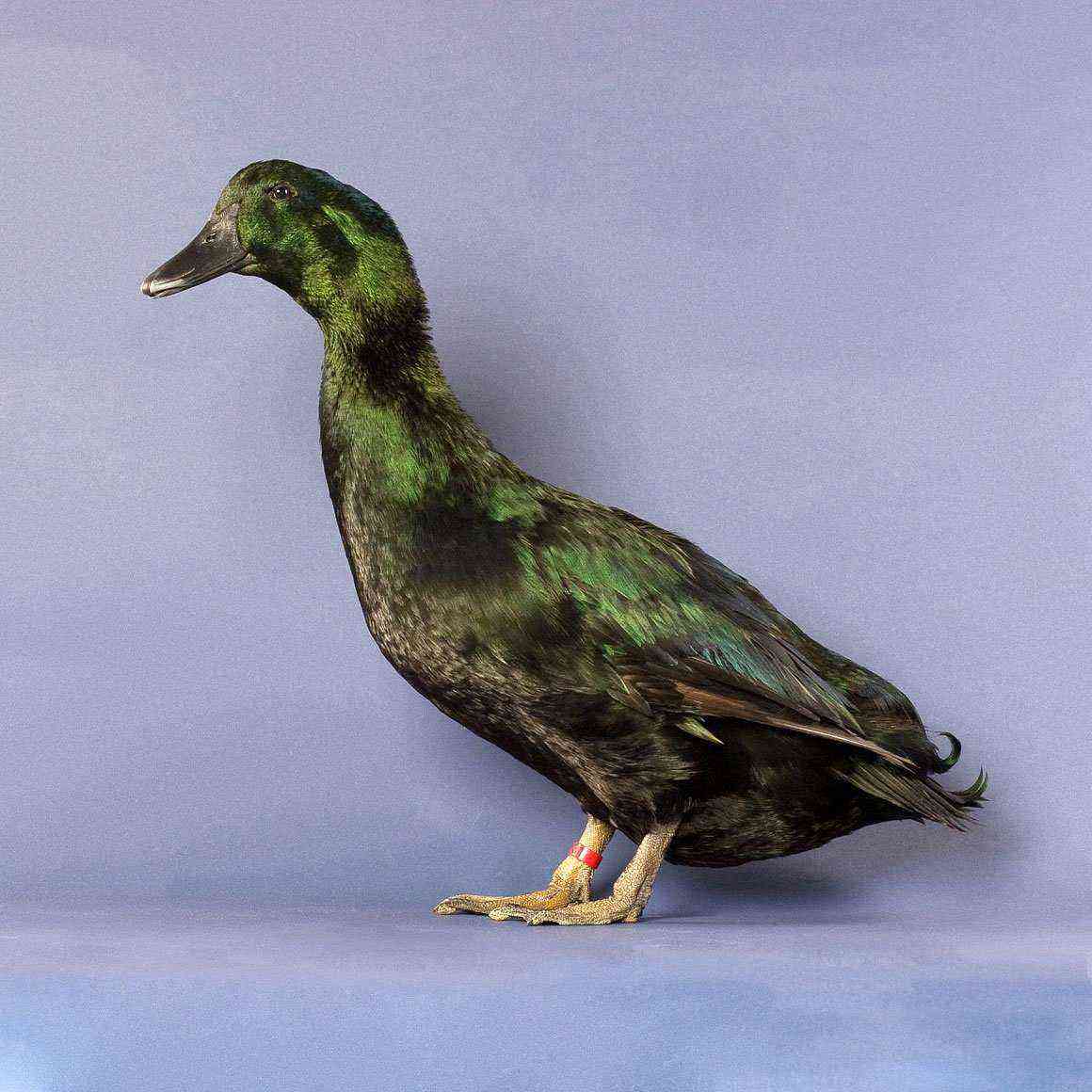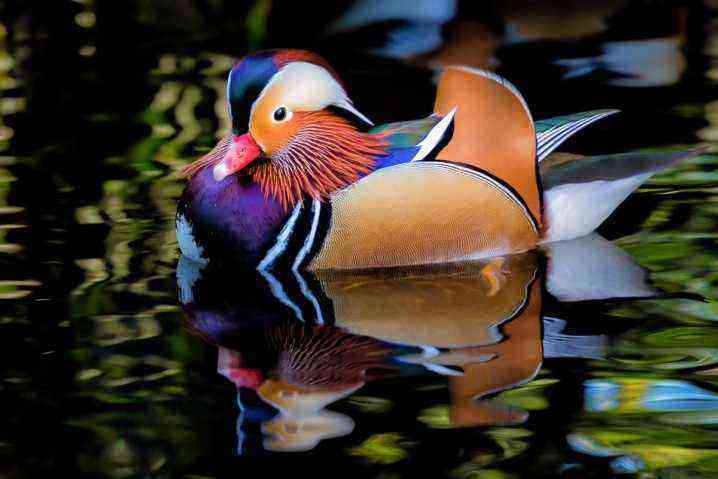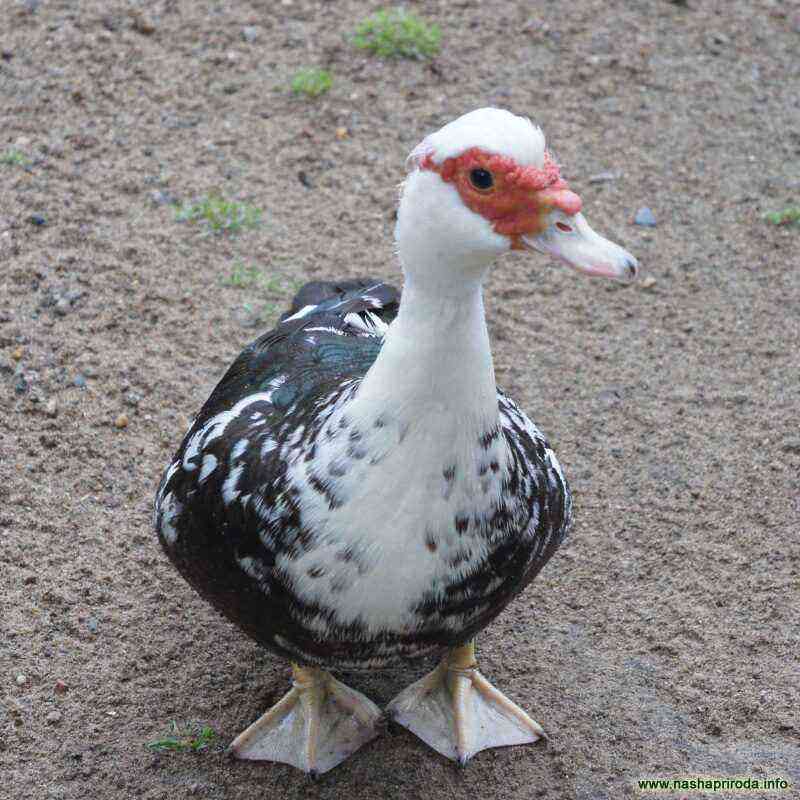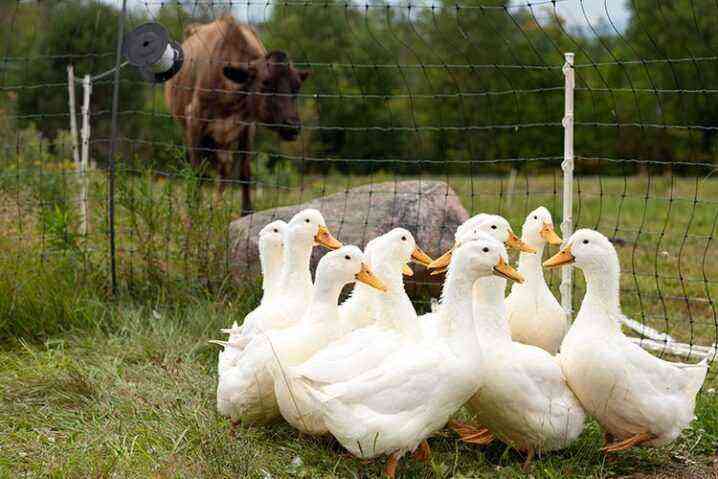Nowadays, many people keep household plots in which they raise domestic animals and birds both for sale and for their own use. Domesticated poultry is a valuable source of protein, both in the form of meat and eggs. This article will focus on mulards, an unusual breed of ducks.
Characteristics of the breed
Mullards (in some sources, mullards) are a special breed of poultry, bred artificially by crossing a musky duck and an ordinary domesticated mallard. The purpose of such selection was to obtain hybrids devoid of the shortcomings inherent in the progenitors. It was achieved, but due to the fact that the parents belong to different species, mulards cannot have offspring. They are bred only by crossing.
The appearance of the mulards is practically no different from how the indos look, except for the size – they are larger than their parents. Feathers are usually painted in black, gray and white, with various variations. The physique is dense, proportional, the wings are well developed. The eyes are usually dark in color, but there are also light-eyed individuals.
Moulards are grown for meat and liver, and usually females are slaughtered for meat, and drakes are slaughtered to get a tasty and healthy liver, which is then used for culinary purposes (the famous French dish foie gras).
The advantages of this breed include:
- fast weight gain;
- lack of layers of fat in meat;
- excellent taste qualities of poultry meat and liver;
- good immunity;
- cleanliness and good-natured character.

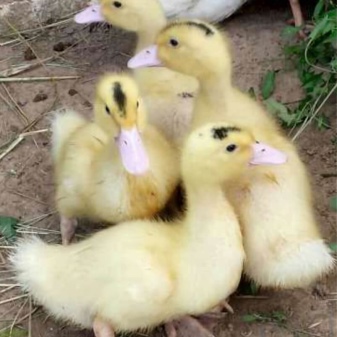
How to breed chicks?
Mulard eggs can be given to a mother duck to incubate, or ducklings can be hatched in an incubator. In both cases there are pros and cons. The incubator is perfect for getting a large number of chicks, does not require special care. The incubation mode is also not particularly difficult, but perhaps the only drawback of this method is the hatching percentage of ducklings. In the natural course of events (that is, incubation by a duck), this percentage is 80-100%, and in an artificial one (incubator) it rarely reaches 65%.
Choose only fresh eggs for incubation, because the longer they are stored, the less likely it is that a chick will appear from such an egg.
Before laying eggs in the incubator, carefully clean them of various contaminants – litter, straw, and so on. The ideal option is to rinse with warm water. After that, carefully inspect them for damage – cracks in the shell are unacceptable.
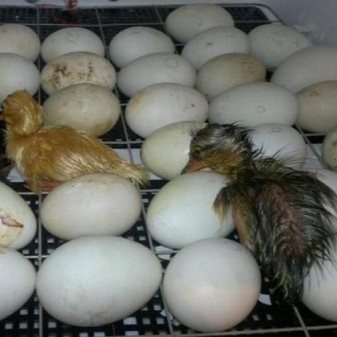
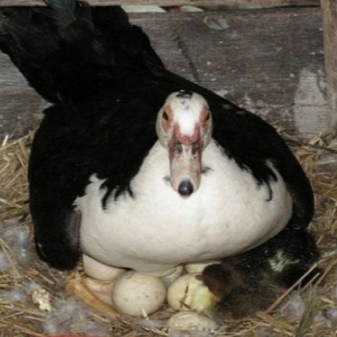
Below is a table of the incubation regimen at home. It should be remembered that small deviations (in fractions of a degree) are not terrible for a short time, however, significant overheating or cooling of the eggs should be avoided. The incubation period is approximately 1 month (31-35 days).
An important point – in the incubator, the eggs must be turned regularly, especially in the first 7-8 days. This procedure should be carried out 2 times a day. Flipping is necessary to prevent sticking of the embryos to the inner surface of the shell and for their harmonious development.
It is necessary to ensure the flow of fresh air to the eggs, an insufficient amount of oxygen will adversely affect the number and health of the chicks – they can hatch sick and weak. Do not forget about the norm of sufficient lighting.
It is unacceptable to find any domestic animals in the incubator room, especially those who are not averse to eating newborn ducklings.
Incubation mode table
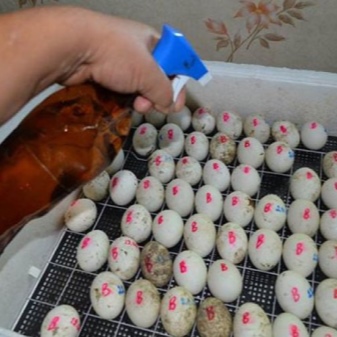
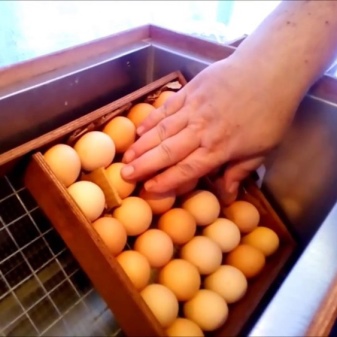
Ducklings care
After the birth of ducklings, they will need a little extra care, as with any newborn.
Food
In the early days, it is better to drink them from a pipette with a light pink solution of potassium permanganate, and not with water, even boiled. From food on the first day, only crumbled boiled eggs can be given. The next day, you can slowly add soft porridge from cereals. Feed preferably every 2-3 hours. This diet should be followed for 10 days, until the ducklings get stronger.
Further, in the menu of ducklings, you can enter chopped fresh herbs, boiled potatoes, duckweed, if desired, milk and cottage cheese of medium (low) fat content, gradually increasing the intervals between meals.
After 30 days, the diet changes to 2 meals a day – in the morning and in the afternoon. Basically, the diet should be corn, mixed fodder and wheat, if you wish, you can try other cereals. Mineral and vitamin supplements are required. And also pour crushed eggshells, small pebbles and shells into a separate container. Birds need this for good digestion.
Temperature and light conditions
Maintain a stable warm temperature – about +20.23 degrees, monitor the humidity, and do not turn off the lights in the early days. Such a regimen is necessary for the proper development of ducklings and the prevention of diseases, they are still too small and can easily catch a cold. A week after hatching, begin to gradually accustom the ducklings to the dark, reducing the time of illumination of their premises. They can be released into the fresh air only after they have grown a little, and only for a short time. The duration of the walk should be increased as the chicks grow older.
Alas, due to the characteristics of the breed mulards are slaughtered in the third month of life, when they gain sufficient weight – about 3,5 kilograms.
If you are late with the slaughter, you will clearly see why they are not kept longer: when the duck is 70 days old, the feathers begin to fall out and thin out, it is rapidly losing weight, and the taste of the meat does not change for the better.
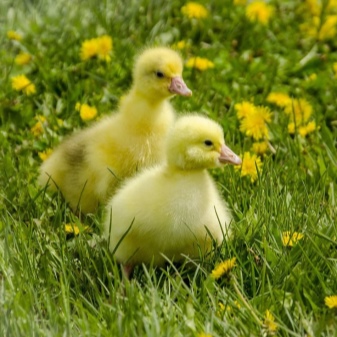
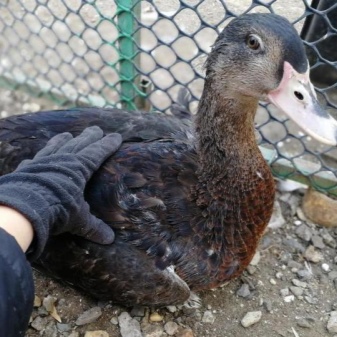
For information on the features of incubation of mulard eggs, see the following video.
